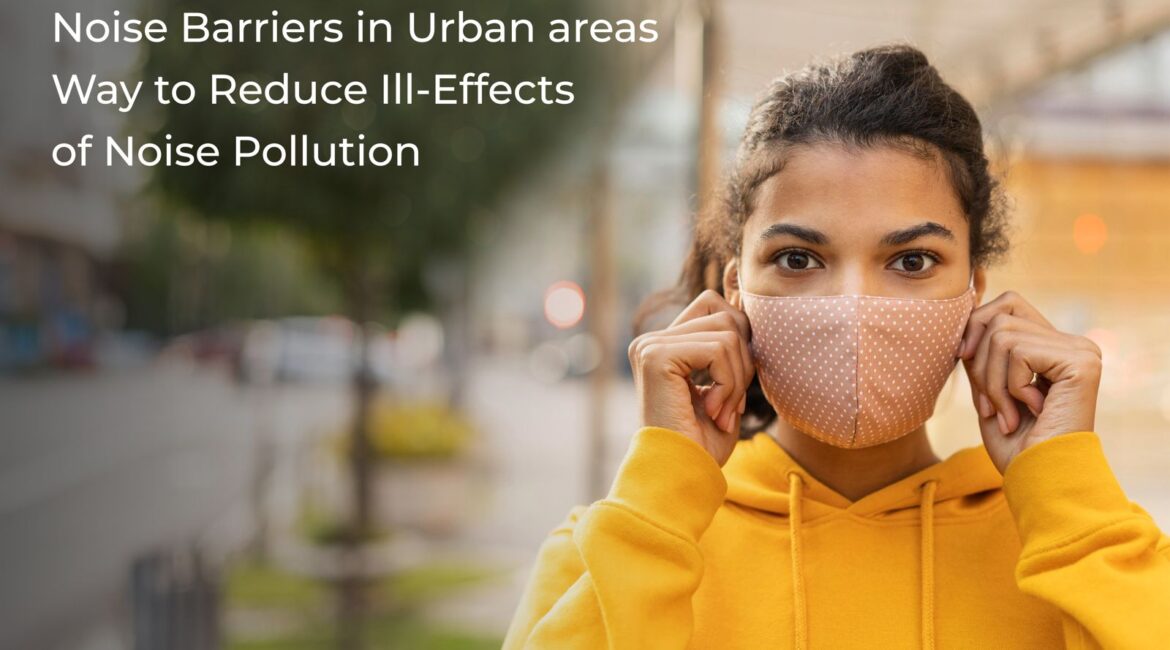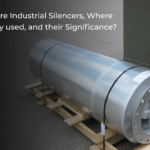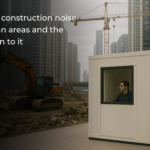Noise pollution is a significant issue in cities and it has detrimental effects on human health and environment. Urban areas are filled with various sources of noise, including traffic, construction activities, industrial operations, and human activities such as loud music or gatherings.
Noise Pollution and Its Effects
Prolonged exposure to high levels of noise can lead to various health problems, including hearing loss, sleep disturbances, stress, hypertension, and even cardiovascular diseases. Excessive noise can significantly degrade the quality of life for residents in urban areas, making it difficult to concentrate, relax, or communicate effectively.
Noise Pollution and Its Impact on Environment
Noise pollution have adverse effects on wildlife, disrupting their communication, breeding patterns, and overall behavior. It can lead to habitat loss and alter ecosystems.
What Steps Government Has Taken to Curb Noise Pollution and Its Ill Effects?
Regulations and Control Measures:
Many cities have noise regulations in place to limit noise levels from various sources. These regulations may include zoning laws, building codes, and restrictions on the operation of noisy equipment during certain hours. The acceptable noise levels change with areas like residential areas, commercial areas, industrial areas and silent zones. Here are some acceptable noise levels in different areas as timings in India. These may vary with location and you need to get in touch with Central Pollution Control Board (CPCB) to get exact information about acceptable noise levels.
- Industrial areas: 75 dB during the day and 70 dB at night
- Commercial areas: 65 dB during the day and 55 dB at night
- Residential areas: 55 dB during the day and 45 dB at night
- Silent zones: 50 dB during the day and 40 dB at night
While there are regulations in place, you also need to seek technological solutions to contain noise pollution and minimized its ill-effects on human health and environment.
Technological Solutions for Noise Pollution in Cities
Noise Barriers
Also known as acoustic barriers, they are designed to reduce the transmission of noise from one area to another. They are generally installed along highways, railways, industrial areas, and other locations. The primary purpose of installing noise barriers is to reduce impact of urban noise pollution on environment, residents, and businesses. These noise barriers can shield sensitive receptors for noise pollution that is generated by traffic, industrial machinery and construction work.
The noise barriers are aesthetically pleasing and technically sound (i.e. they are effective in containing noise pollution). The design of the noise barriers depend on several factors like the desired acoustic performance and soil condition at the site of installation. You have a wider choice of materials in noise barriers and you can get metal barriers, wooden barriers, and polycarbonate/Plexiglas barriers. Engineers may attach scrubbers or anti vibration unit to noise barriers externally to reduce flow of induced noise.
Features of Noise Barriers
The noise barriers have a modular design which makes transportation of the noise barriers and its installation easy and less time-consuming. You can order mono-absorbent or bi-absorbent noise barriers as per your requirement. A mono-absorbent noise barrier is sound absorptive only on one side while a bi-absorbent noise barrier is sound absorptive on both sides. These noise barriers are perfect for installation across railway lines, roadways, and complex boundaries. You can get permanent or portable noise barrier installations as per your requirement.
Effectiveness of Noise Barriers
A mono absorbent noise barrier made of aluminum sheet with thickness of 50mm can reduce noise by 10-12 decibels while one with thickness of 100mm can reduce noise by 15-17 decibels. A bi-absorbent noise barrier is more effective in reducing noise pollution and bi-absorbent made of aluminum sheet with thickness of 50mm can reduce noise by 16-18 decibels while one with thickness of 100mm can reduce noise by 24-27 decibels.
Thus, you can see you don’t have to live with noise pollution in urban environment when effective technological solutions are easily within your reach to improve your quality of life.






